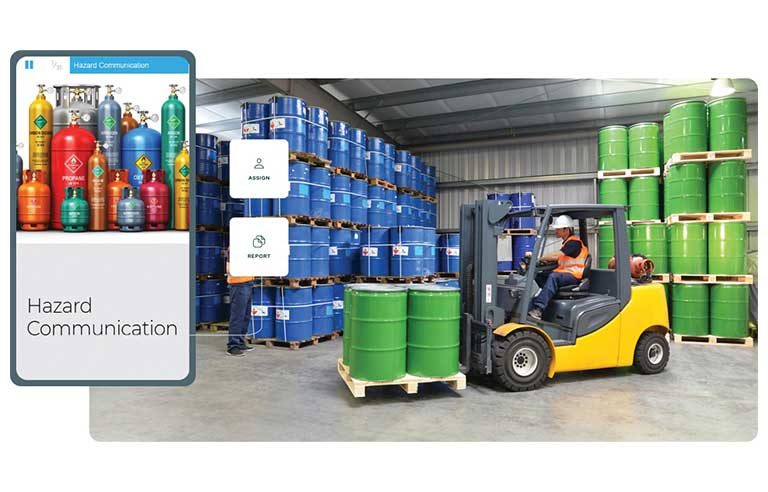Safety program management
What data points are most important for safety programs and how can organizations track them?

Responding is Jade Brainard, senior director of product management, KPA, Portland, OR.
There are two types of data that all safety programs should track: lagging indicators and leading indicators. Leading indicators help predict and prevent future incidents, and lagging indicators evaluate past performance.
Lagging indicators are your rearview mirror. They help you look back and evaluate past performance, so you can make improvements to safety policies. They include DART (days away, restricted or transferred) rate and incidence rates.
Unfortunately, lagging indicators, no matter how thorough, can’t prevent incidents that already have occurred – they’re rearview mirrors, not time machines.
Leading indicators, however, are your crystal ball. They help you predict the future, so you can prevent serious incidents before they happen.
Leading indicators include identification and mitigation of workplace hazards, completion of employee training, consistent and proper use of personal protective equipment, and modification of observed employee unsafe behaviors.
To track both lagging and leading indicators, workplace safety programs should ensure their environmental, health and safety setups accurately reflect the existing business (think location names, department permissions, etc.).
Every business has its own unique requirements, and your EHS should match. To make it easier to reflect safety data, make sure it’s configured to the existing setup of the business.
Functional safety programs also depend on a mix of leading and lagging indicators. This ensures you’re getting a complete view of past, present and future safety procedures with an eye toward continuous improvement.
If you’re daunted by data, start by focusing on what’s needed for the three most common reporting and workplace safety forms: OSHA Forms 301, 300 and 300A.
Form 301 tracks basic incident details from workplace injuries or illnesses, including time, location, employees involved and physician information.
Compliance officers often request Form 300. It’s an annual log of recordable cases (which means anything requiring a Form 301 should also be included on that year’s Form 300). This tracks the number and severity of incidents over a particular year.
For a summary of Form 300, officials look to Form 300A. This includes total workplace injuries and illnesses (categorized by severity), as well as days away from work, cases with job transfers and other important information. You can also look to Form 300A to find the total number of incident types (injuries, skin disorders, etc.).
When incidents happen, immediate safety and security for the people involved always takes priority. However, you should also remember to record important details to ensure swift action and proper reporting. Failure to do so can result in significant reputational and financial damage (with minimum fines totaling $5,000).
All to say: Thorough, accurate safety data tracking is nearly impossible in traditional EHS setups. For most facilities, the practical solution lies in a digital, accessible EHS system that makes it easy to track safety data, translate it into actionable insight and cultivate an environment that keeps employees safe.
Editor's note: This article represents the independent views of the author and should not be considered a National Safety Council endorsement.
Post a comment to this article
Safety+Health welcomes comments that promote respectful dialogue. Please stay on topic. Comments that contain personal attacks, profanity or abusive language – or those aggressively promoting products or services – will be removed. We reserve the right to determine which comments violate our comment policy. (Anonymous comments are welcome; merely skip the “name” field in the comment box. An email address is required but will not be included with your comment.)

